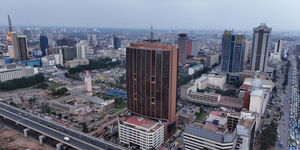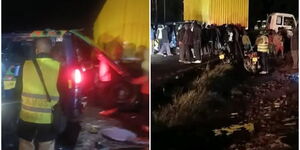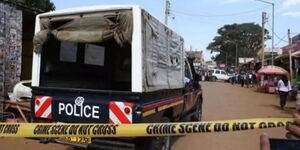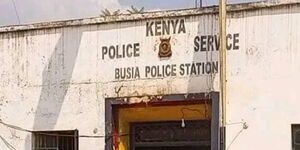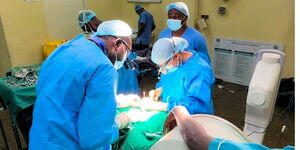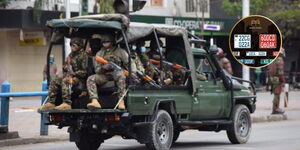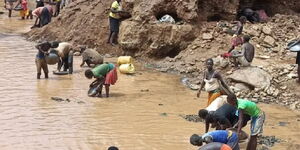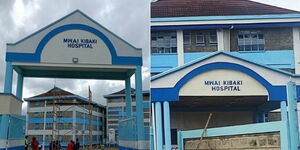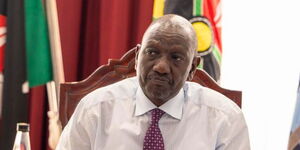Kenyans on Sunday morning woke up to news of the tragic accident that claimed the lives of at least 33 people along the Nairobi - Nakuru highway.
As the country comes to terms with the sad incident, questions abound on the circumstances involving the Saturday night accident.
While accidents are by nature unavoidable, this accident presents crucial lessons to government agencies that are supposed to ensure road safety.
Kenyans.co.ke identified three major mistakes that may have contributed to the accident:
1. Canter Allowed to Carry Explosive Material
The accident involved a Ugandan canter vehicle that was carrying inflammable material.
This was a major road risk given that such material should be carried using a specialised vehicle fitted with the right protective features.
The fact that the Uganda-bound vehicle was able to pass the numerous security checks mounted on the busy highway suggests that the authorities may have overlooked an important part of road surveillance.
2. Lorry Allowed to Use Highway After 6PM
Even if the lorry had all the security features, it still would not have been allowed to use the road after 6pm given that the Ministry of Transport had an existing order requiring heavy vehicles to use the Mai Mahiu route and a seperate order banning heavy vehicles from plying major roads between 6PM and 6AM.
"The President notes that the tanker responsible for the deaths should not have been on that particular road at that hour, and he expects the agencies responsible for enforcing traffic regulation to fully investigate this tragic breach," a statement issued by President Uhuru Kenyatta's spokesman stated in reference to the accident.
3. Unmarked Bumps on a Major Highway
The third major mistake was the mounting of bumps on a major highway without any signs to inform road users in advance.
The Ugandan lorry lost control after it hit the unmarked bump, before bursting into flames.
It is not lost that numerous complaints have been made to the National Transport and Safety Authority (NTSA) over the bumps that were mounted early this year.
Mounting of the bumps were informed by the increased cases of pedestrians being hit while crossing the busy road.
Unfortunately, there were no markings on the bump and no signs had been put meaning drivers who are not familiar with the road would normally use emergency breaks after noticing the bumps last minute.
Reports indicate that even ambulances that were sent to save the victims were derailed by the numerous bumps.

